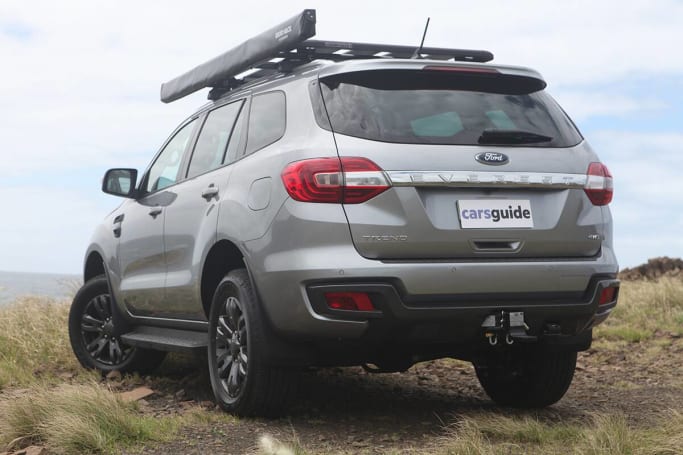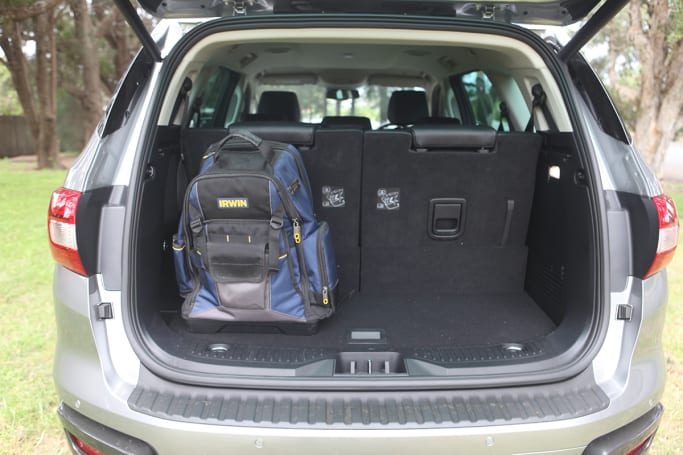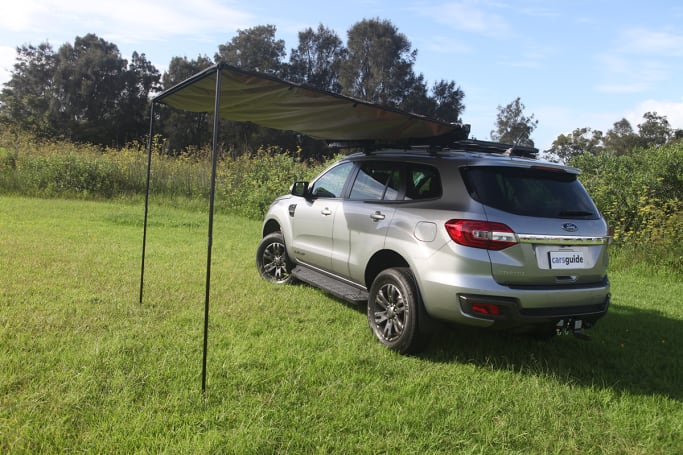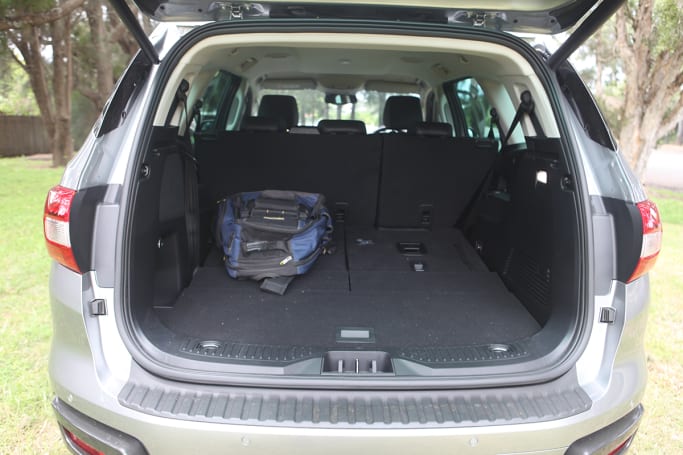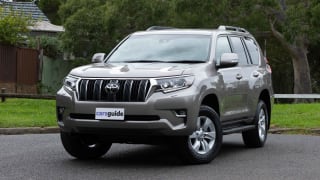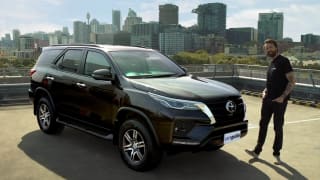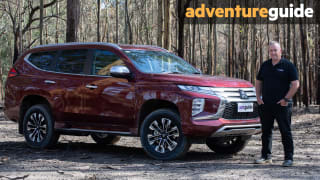The 4WD-only BaseCamp is based on the mid-spec Trend variant, and is available with one of two diesel engines: a 143kW/470Nm 3.2-litre single-turbo five-cylinder ($63,090 plus on-road costs) or a 157kW/500Nm 2.0-litre twin-turbo four-cylinder ($64,590, plus on-road costs).
Our test vehicle had the 3.2-litre and a six-speed torque-converter automatic transmission.
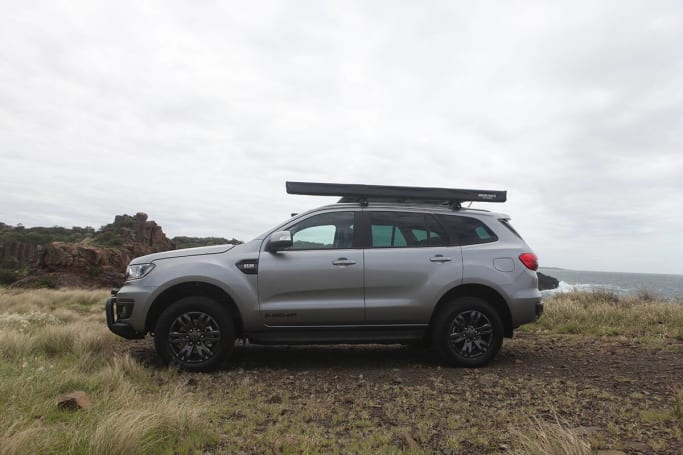
The Trend’s standard features list includes Ford’s SYNC 3 multimedia system with Apple CarPlay and Android Auto, an 8.0-inch full-colour touchscreen and 10-speaker audio system, leather-accented seat trim, an eight-way power driver's seat and a leather-trimmed gear shifter, keyless entry and push-button start, reversing camera, rear parking sensors, and dual-zone climate control, 18-inch alloy wheels, hands-free power tailgate and more.
The Trend has AEB with pedestrian detection, lane departure warning, lane keep aid, traffic sign recognition, hill descent control, and more.
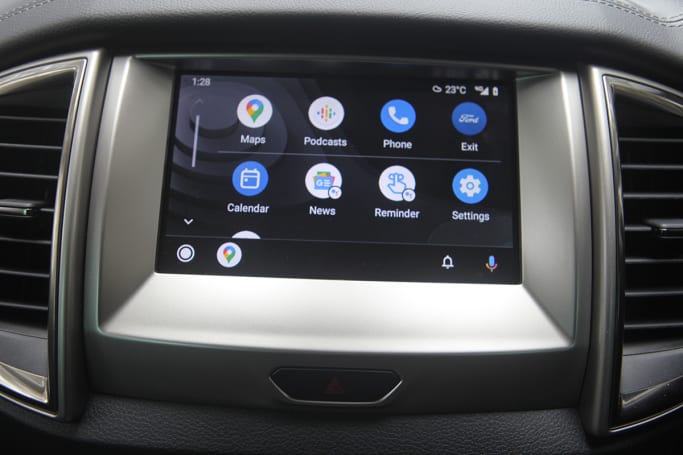
The BaseCamp edition comes standard with adventure-ready extras beyond Trend spec, such as a 76mm black nudge bar, LED light bar, a snorkel, and a Rhino Rack roof-top storage platform and a Rhino Rack Sunseeker awning. It also has distinctive ‘BaseCamp’ decals.
It costs $2200 more than a Trend but, Ford reckons, the add-ons are worth $6000.
Colours for the Ford Everest Basecamp include Arctic White and True Red (no additional cost), or additional-cost colours such as Alabaster White, Aluminium, Deep Crystal Blue, Diffused Silver, Meteor Grey, Shadow Black, and Sunset.


